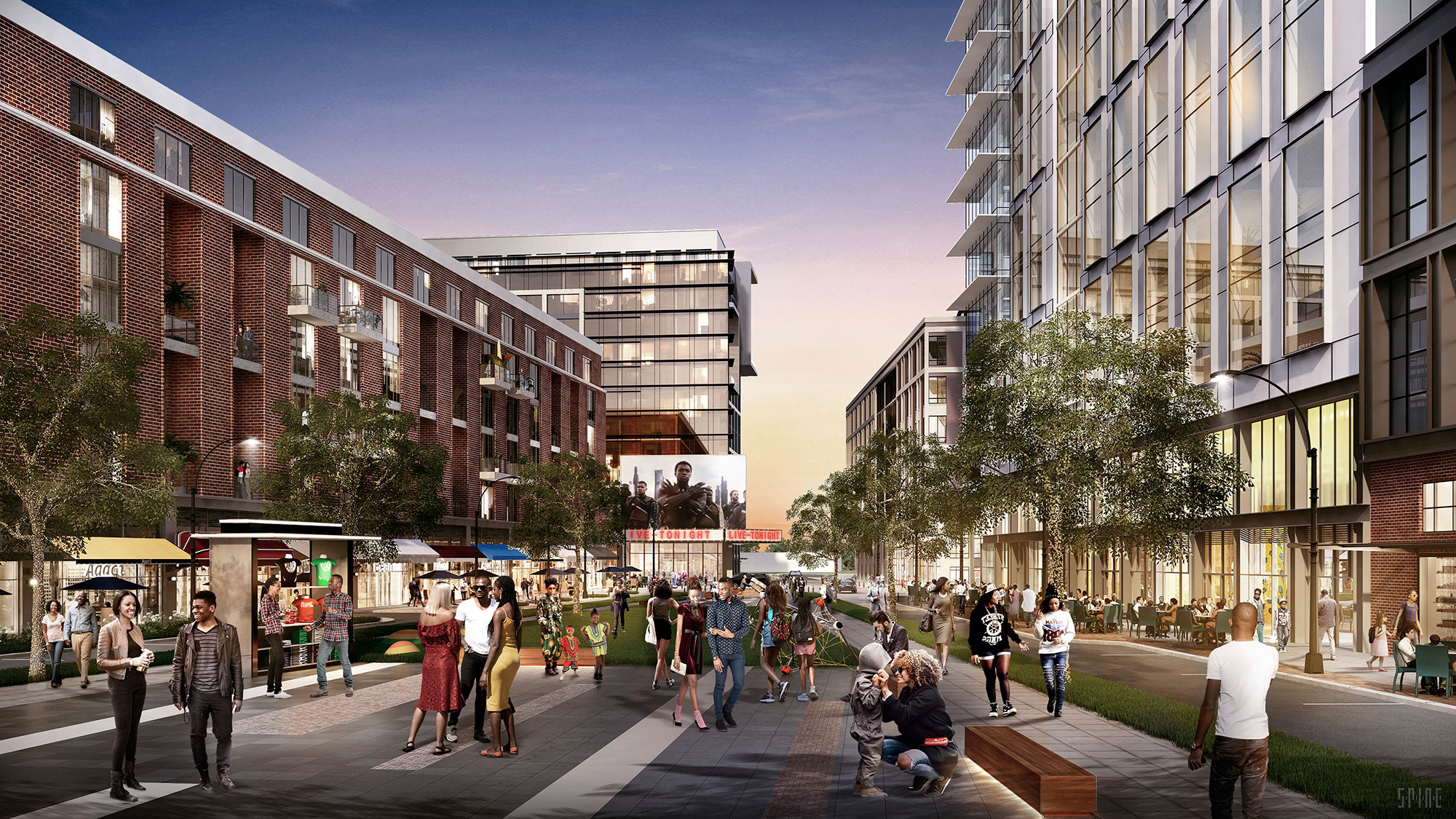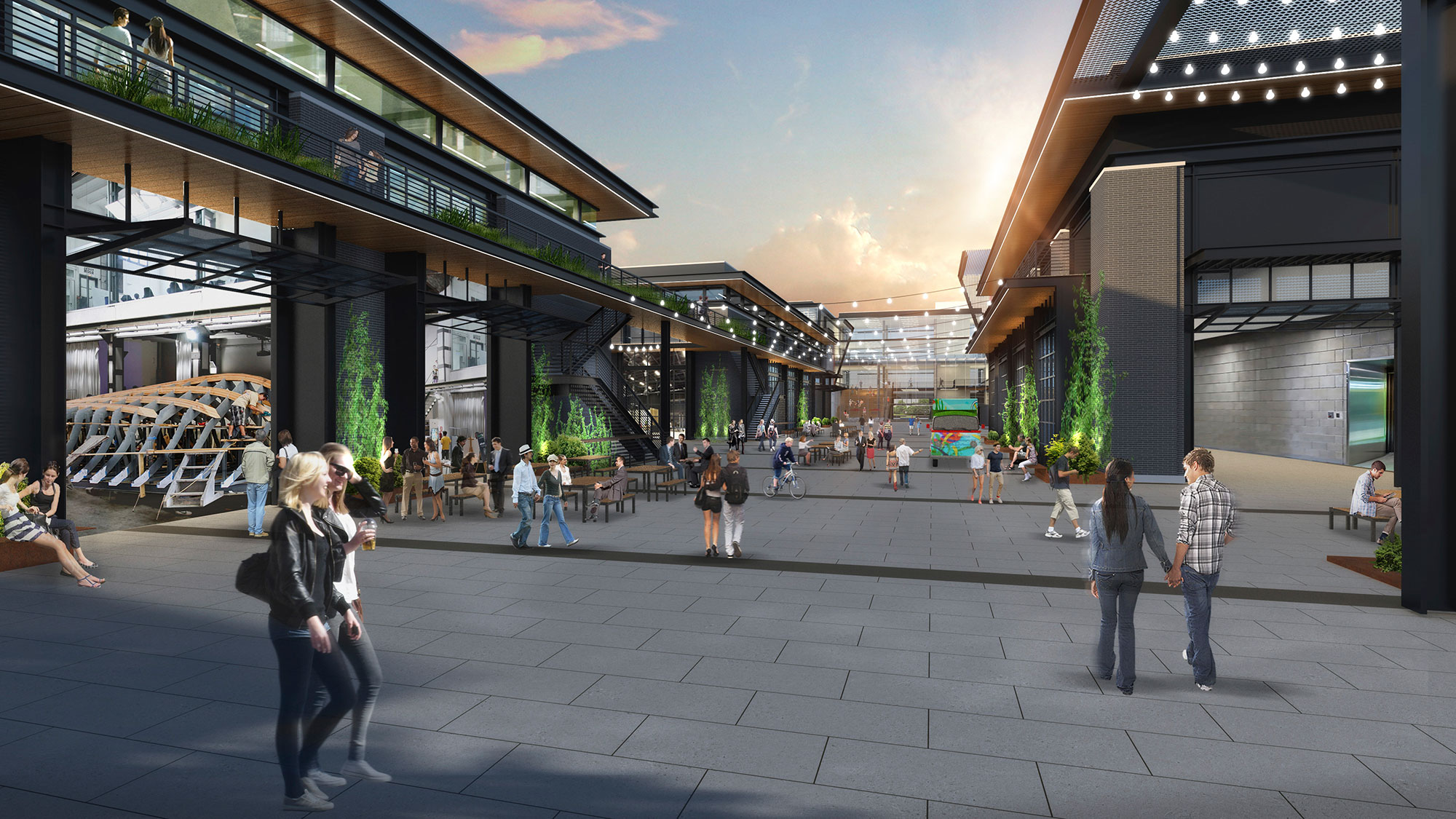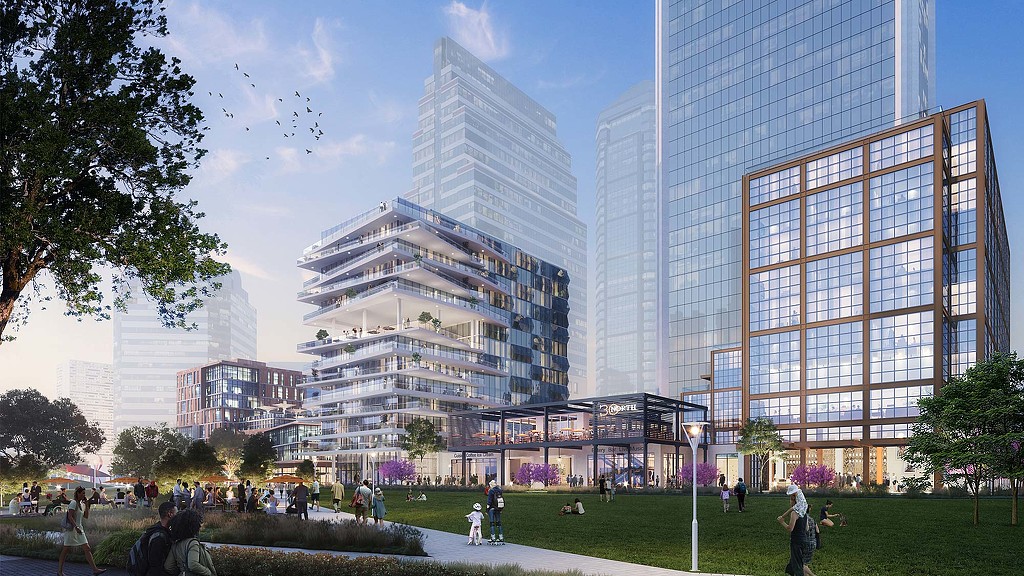Insights From Gensler’s 2021 City Pulse Survey and the Impact on Rising Cities
August 02, 2021
Editor's note: this podcast episode originally appeared on the Gensler Design Exchange podcast.
The COVID-19 pandemic accelerated trends we were already seeing shift the landscape of our cities. Rising cities like Austin, Charlotte, Denver, and Raleigh, are now booming as people who are no longer tethered to downtown offices or are seeking more value and space look to relocate from global cities to more affordable, less dense cities that still offer culture and diversity of a larger global hub, but at a smaller scale. So what do these new lifestyle and work behaviors mean for the future of cities?
As people’s relationships with their cities shift, we believe it’s critical that developers, urban designers, and clients shape planning strategies and key reentry decisions based on valuable research data and analyzed trends. The Gensler Research Institute’s City Pulse Survey findings can guide design solutions that address new lifestyle and work behaviors, unfolding migration patterns, and evolving expectations of city dwellers. Gensler’s urban design experts are already using these data-driven insights to inform how we might reimagine cities and spaces to meet new needs, offer equitable experiences, and promote sustainable urban revitalization.
In this Gensler Design Exchange podcast episode, Cities + Urban Design Practice Area Leader for Gensler’s Southeast region Mark Erdly speaks with Gensler’s Global Cities Lead Sofia Song to discuss findings from the Gensler Research Institute’s City Pulse Surveys. Then, Mark speaks with Gensler Atlanta Co-Managing Director Kevin Songer, Gensler Charlotte Design Manager Brad Brogdon, and Gensler Tampa Workplace Practice Area Leader Leith Oatman to discuss how the findings from our research have implications on workplace, mobility, retail, culture, and entertainment for rising cities in the Southeast and beyond.
At the time of the City Pulse’s first survey launch in May 2020, residents of four large urban centers — New York, San Francisco, London, and Singapore — were grappling with the first few weeks of lockdown. The survey aimed to understand their unfolding experiences of the COVID-19 pandemic. The second survey, conducted in August 2020, returned to those same cities as lockdown restrictions eased and much of the world had taken cautious steps to reopen businesses, workplaces, and schools. Then in February 2021, the survey was conducted in 10 cities — the original four cities, along with Atlanta, Austin, Denver, Paris, Mexico City, and Shanghai — to see how urban residents were doing as the world approached one year of living with COVID-19 and mass vaccinations began in many countries.
The surveys found that regardless of the size of their current city, well over two-thirds of respondents who were considering moving say they want to relocate to a smaller, less populated location — ranging from smaller cities to the suburbs to rural areas. For urban residents who are thinking about relocating, the most popular destination is a smaller city, though there is some variation by generation and race. In U.S. cities, Latino and multiracial respondents show the strongest desire to move to areas with smaller populations. Millennials, the age group most likely to move, show the strongest preference for the suburbs.
An analysis of survey data identified both positive and negative influences that predict people’s propensity to stay in or leave their current city. These factors can provide a blueprint for what cities can do to retain residents and attract new ones.
Great neighborhood design, employment opportunities, and abundant multimodal transportation options are all factors that make people want to stay in a given city. On the other hand, we know from our research that on average, over half of urban residents have concerns about crowdedness and affordability, and roughly 40% feel that their cities are too noisy.
Additionally, the report found that an average of 50% of urban residents feel that their neighborhoods are becoming less affordable, especially in rising cities like Atlanta, Austin, and Denver. These are just some of the “Big City” problems that are driving people (particularly Millennials, the generation most likely to move due to the pandemic) to seek out less-populated locations.

To keep residents and attract new ones, cities will need to focus on what people still love about urban living. Central Business Districts should strive to be less 9–5 and more 24/7, providing place amenities and experiences that keep residents engaged after the work day ends. People who feel that their neighborhoods are beautiful, authentic, safe, clean, and pedestrian-friendly are more likely to be satisfied. Rethinking zoning to provide more affordable housing choices is key. As business around the world rethink how much space they need, cities should take the opportunity to convert former office buildings to residential units. Finally, large urban areas should improve infrastructure with features such as increased broadband access and a multimodal approach to transportation — one that delivers the micromobility options that city dwellers crave.
The COVID-19 pandemic has also given rise to a new kind of talent war. Hybrid and flexible work policies — once largely relegated as perks for senior-level employees — are in demand like never before. They’re also causing a large number of urban residents to consider moving. According to the Gensler City Pulse 2021 Survey, one in three workers with the ability to work remotely are thinking of relocating away from the city in which they currently live. As expectations rise for “anywhere work,” the future of the office, and the future of cities (particularly downtowns), are no longer separate questions. Urban areas and organizations will need to rethink how they attract and retain people — especially younger generations of the workforce, who show the highest desire to move and the lowest satisfaction with their current living situations.
So, how can cities and workplaces increase their appeal in this new era of flexibility? Companies who locate their office space in walkable, vibrant neighborhoods can use third places as an extension of the office to attract and retain talent.
Additionally, as people migrate from larger cities like New York, Chicago, and San Francisco for more space and affordable housing, large corporations, including Microsoft and Airbnb in Atlanta and Apple in Raleigh, are providing job opportunities that make that move easier. But we’re seeing large companies like Mercedes-Benz USA and Inspire Brands that were traditionally locating their headquarters to the downtown cores shifting beyond CBDs (Central Business Districts) and into the suburbs.

The City Pulse Survey data reveals how the urban experience is uniquely evolving over time and across global cities. We’re continuing to unpack these findings, and we are thinking about how urban spaces must evolve as cities work to become more resilient and responsive to city dwellers’ changing needs. And as more people migrate to rising cities, we should look to opportunities to drive innovation, build arts and culture, create more equity and diversity, and embed the DNA of the city in its locale to make these places more vibrant, livable, and accessible for everyone. As we navigate the post-pandemic world, one thing remains clear: the future is human-focused.
For media inquiries, email .
